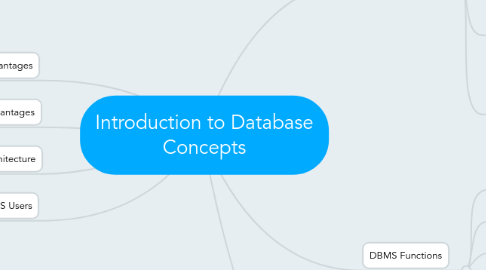Introduction to Database Concepts
저자: amol kharat


1. File System Disadvantages
1.1. Data redundancy and inconsistency
1.2. Difficulty in accessing data
1.3. Data isolation
1.4. Integrity problems
1.5. Atomicity of updates
1.6. Concurrent access by multiple users
1.7. Security problems
2. DBMS Advantages
2.1. Controlling Redundancy
2.2. Restricting Unauthorized Access
2.3. Providing Storage Structures and Search Techniques for Efficient Query Processing
2.4. Providing Backup and Recovery
2.5. Providing Multiple User Interfaces
2.6. Representing Complex Relationships among Data
2.7. Enforcing Integrity Constraints
3. DBMS Architecture
3.1. Storage Manager
3.1.1. Authorization and integrity manager
3.1.2. Transaction manager
3.1.3. File manager
3.1.4. Buffer manager
3.1.5. Physical system implementation
3.1.5.1. Data files
3.1.5.2. Data dictionary
3.1.5.3. Indices
3.2. Query Processor
3.2.1. DDL interpreter
3.2.2. DML compiler
3.2.3. Query evaluation engine
4. DBMS Users
4.1. Naive users
4.2. Application programmers
4.3. Sophisticated users
4.4. Specialized users
4.5. DBA
4.5.1. Functions
4.5.1.1. Schema definition
4.5.1.2. Storage structure and access-method definition
4.5.1.3. Granting of authorization for data access
4.5.1.4. Routine maintenance
5. Basic Concepts
5.1. Data
5.2. Database
5.3. DBMS
5.4. Data Abstraction
5.4.1. View Level
5.4.2. Logical Level
5.4.3. Physical Level
5.5. Data Independance
5.5.1. Logical
5.5.2. Physical
5.6. 3 Schema Architecture
5.6.1. External / View
5.6.2. Conceptual / Logical
5.6.3. Internal / Physical
6. DBMS Functions
6.1. Defining
6.2. Constructing
6.3. Manipulating
6.4. Sharing
6.5. Protection
6.5.1. System
6.5.2. Security

